
Balance training is a cornerstone of physical therapy, especially for patients recovering from injury or addressing chronic mobility issues. But traditional tools like BOSU balls and wobble boards have limitations. If you're a physical therapist looking to offer more dynamic, clinically-effective treatment, it’s time to rethink what balance training should look like.
Enter theCore-Tex Reactive Trainer — a game-changer in rehab settings.
The Problem with Traditional Balance Tools
Wobble boards and BOSU balls provide unstable surfaces, but they operate on a fixed axis. That means the direction of instability moves around one point only and the neuromuscular system isn’t being challenged the way it is in real-world, reactive environments.
Why that matters:
-
Limited exposure to necessary preventive strategies
-
No transverse plane activation
-
Fails to replicate real-world perturbations
For patients withpoor internal hip rotation, impaired balance, or lateral stability issues, these tools fall short.
Core-Tex: Designed for Functional Rehab
The Core-Tex Reactive Trainer is different. It combines omnidirectional movement withreactive variability, forcing the body to make continuous micro-adjustments in all planes of motion — including the often-neglectedtransverse plane.
Key Benefits for PTs:
-
Multiplanar instability = higher neuromuscular activation
-
Improvedlateral mobility and dynamic core stabilization
-
Real-time adaptation to unpredictable stimuli
-
Safe for all patient populations
This is more than balance training. It’s movement re-education.
Micro Movements. Macro Results.
With Core-Tex, patients aren’t just standing on an unstable surface. They have the option of using as a mobility environment for corrective movement patterns that functionally challenges theirmyofascial system, addresses underlying mobility restrictions, and retrains the brain-body connection.
It also opens the door to:
-
Reactive core training
-
Improved joint centration
-
Enhanced motor control
Balance Board vs BOSU Ball vs Core-Tex: A Quick Comparison
|
Feature |
BOSU/Wobble Board |
Core-Tex Reactive Trainer |
|
Plane of Movement |
One (predictable) |
All (360-degree rotation and all degrees of freedom) |
|
Transverse Plane Activation |
Minimal |
Yes |
|
Reactive Variability |
No |
Yes |
|
PT Use Cases |
Basic |
From the most remedial to most advanced & versatile |
Used in Clinics Nationwide
Leading rehab professionals are integrating Core-Tex to:
-
Shorten recovery timelines
-
Rebuild stability post-surgery
-
Improve movement confidence in older adults
"The Core-Tex enables the progress of my therapeutic exercise and balance treatments to new levels. Most importantly, it is both effective and fun for my patients of all ages." — Andrew Harrah, PT
Interested in learning more about balance progressions for Reactive Balance? Click here for a visual learning experience ->
Ready to Upgrade Your PT Toolkit?
The Core-Tex Reactive Trainer isn’t just a balance board — it’s a full-body, neuro-integrative rehab platform.
Learn more or order for your clinic today →
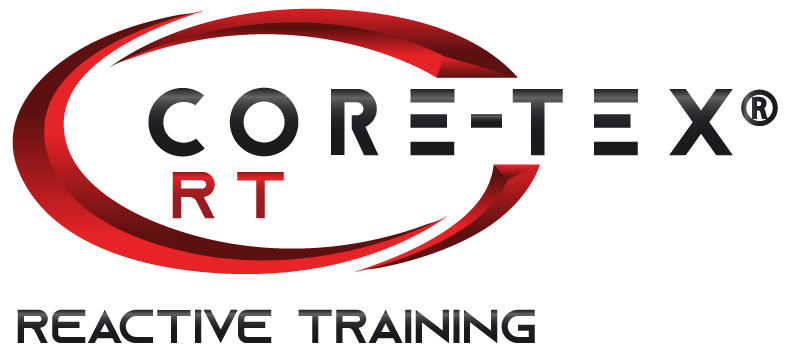
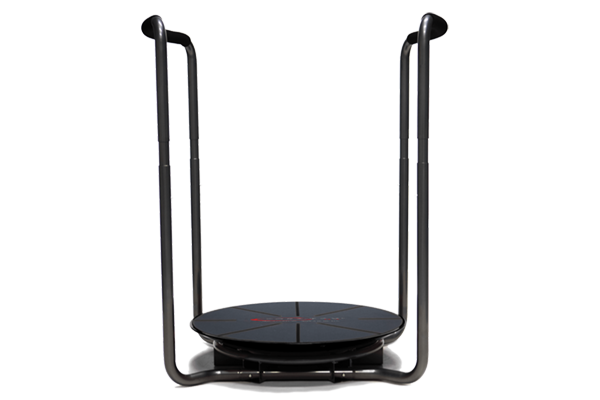
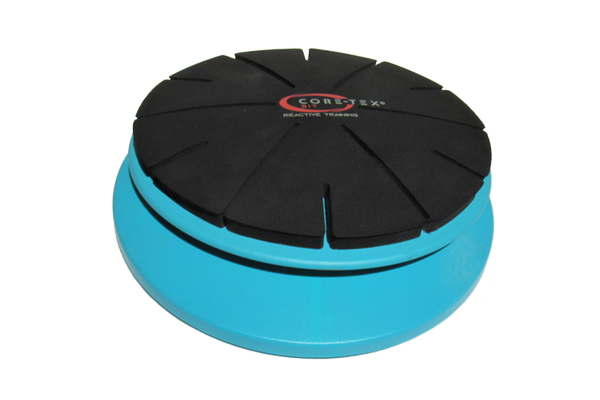
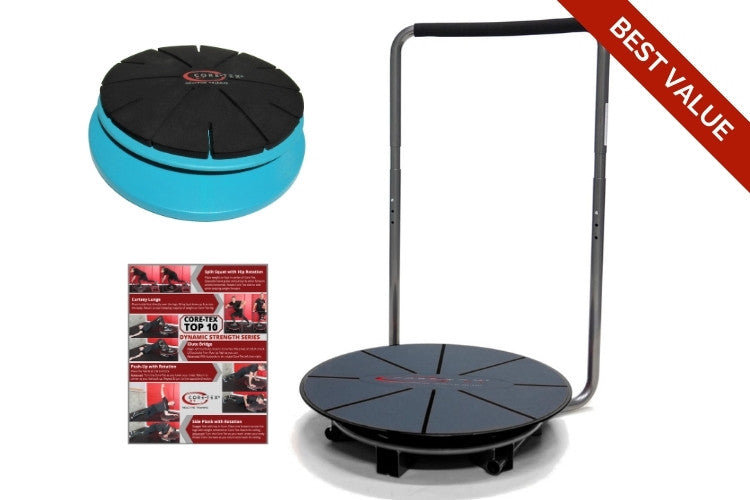
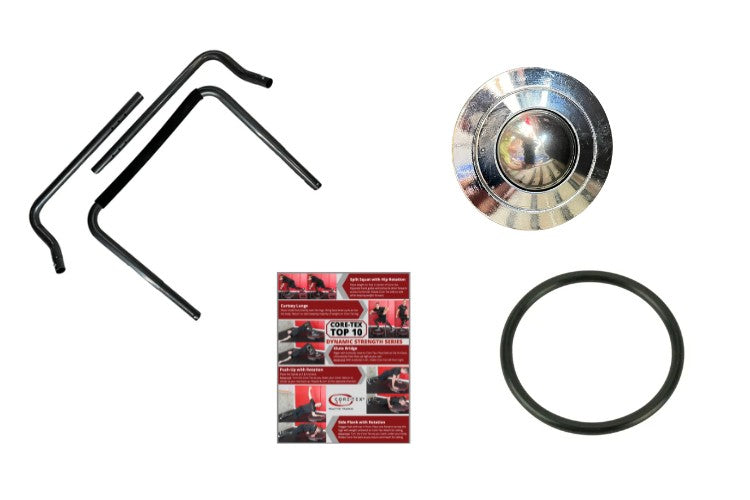


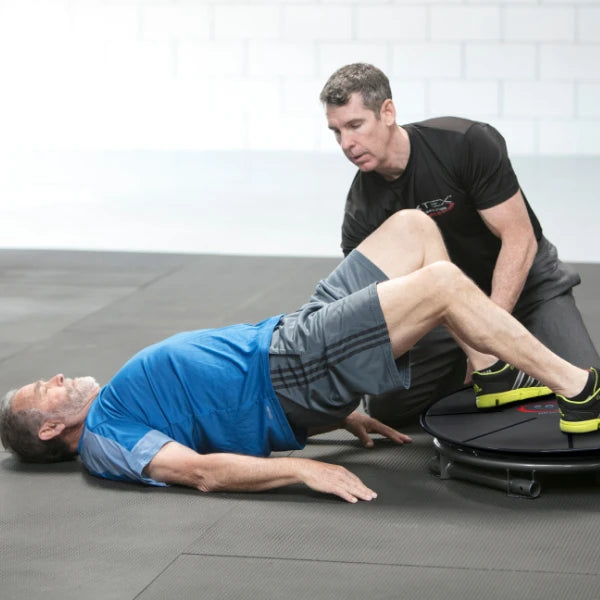
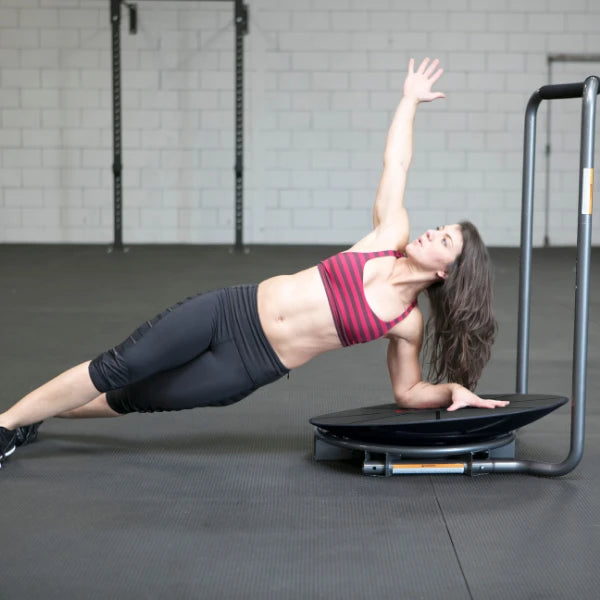
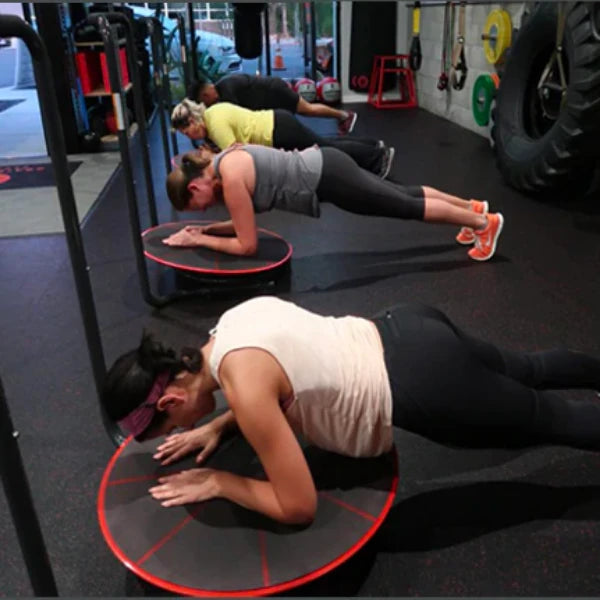
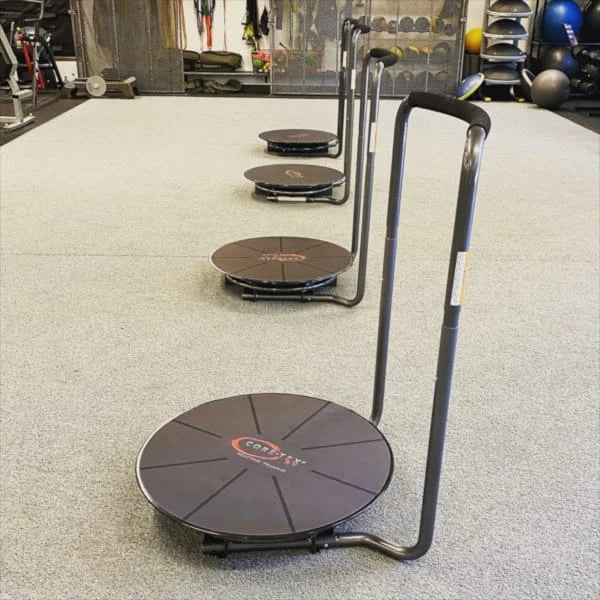
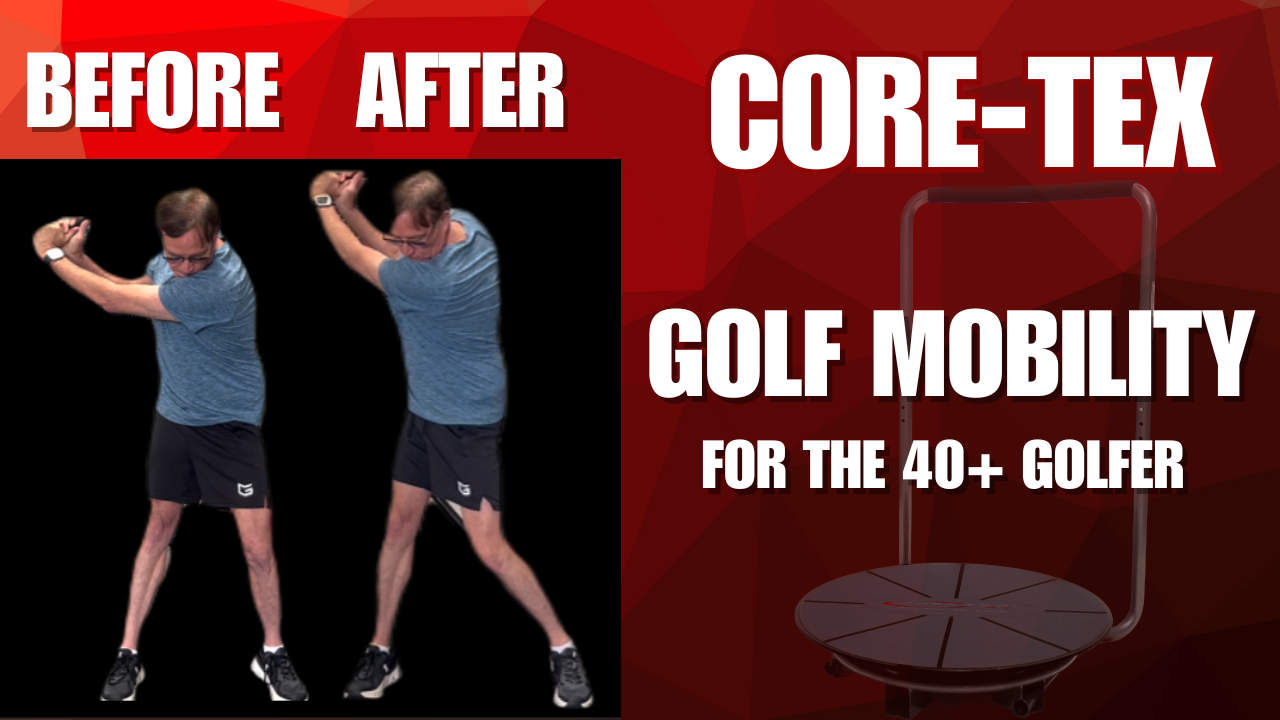
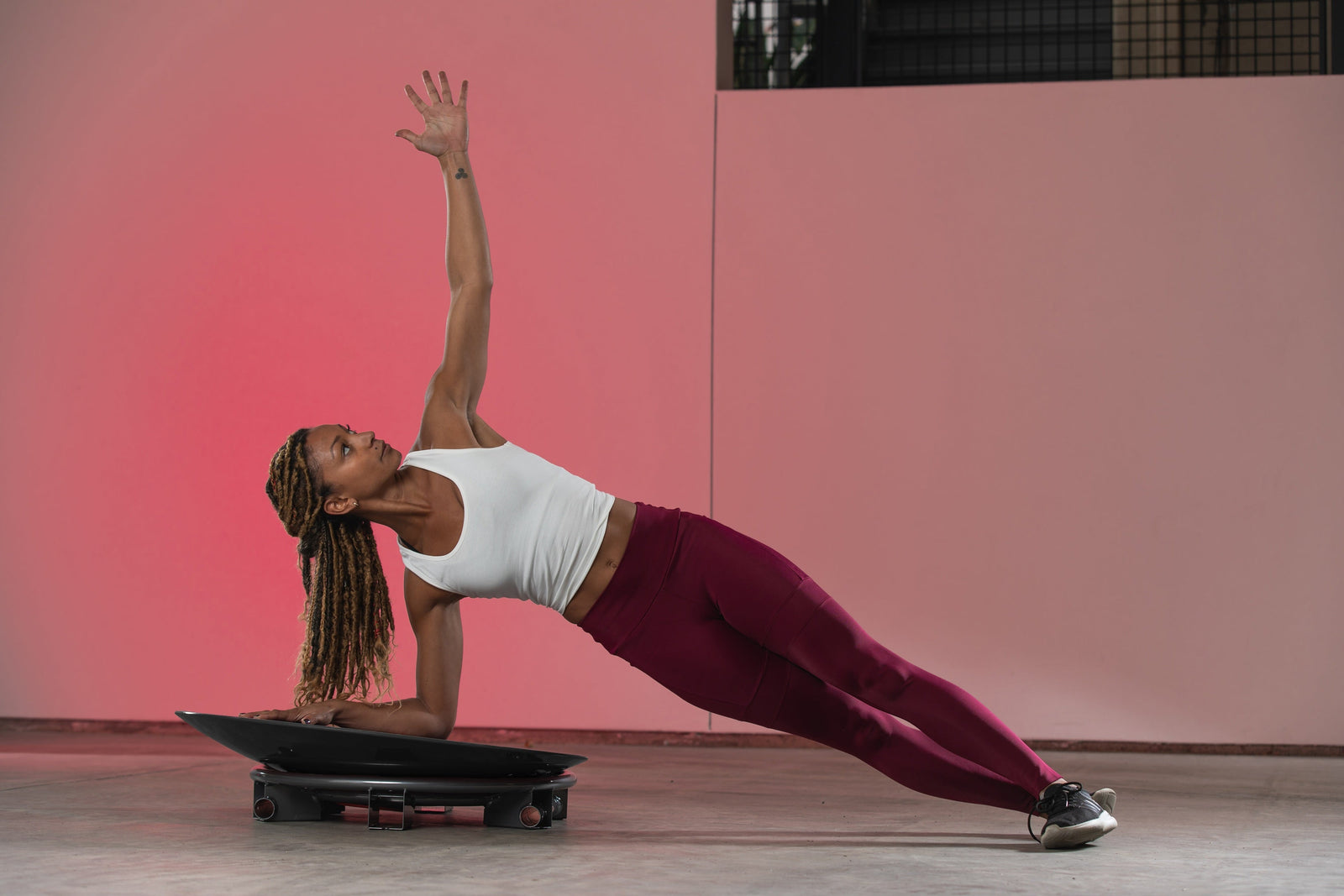
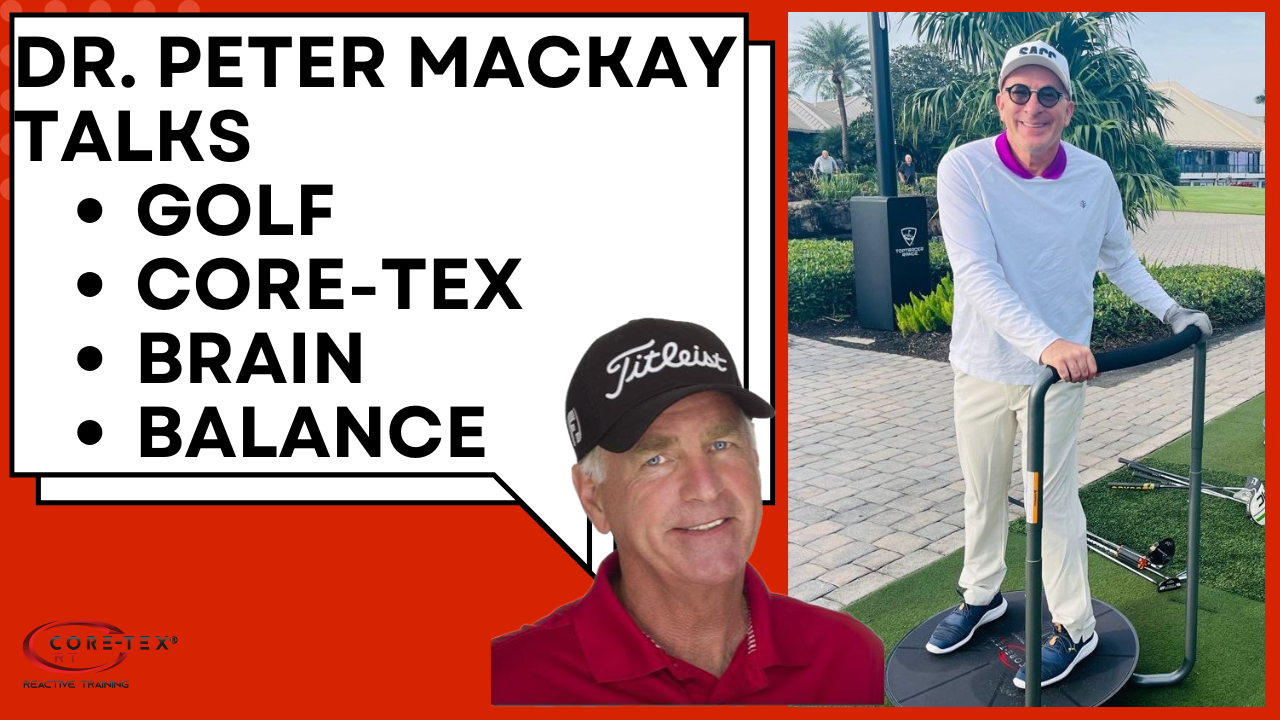
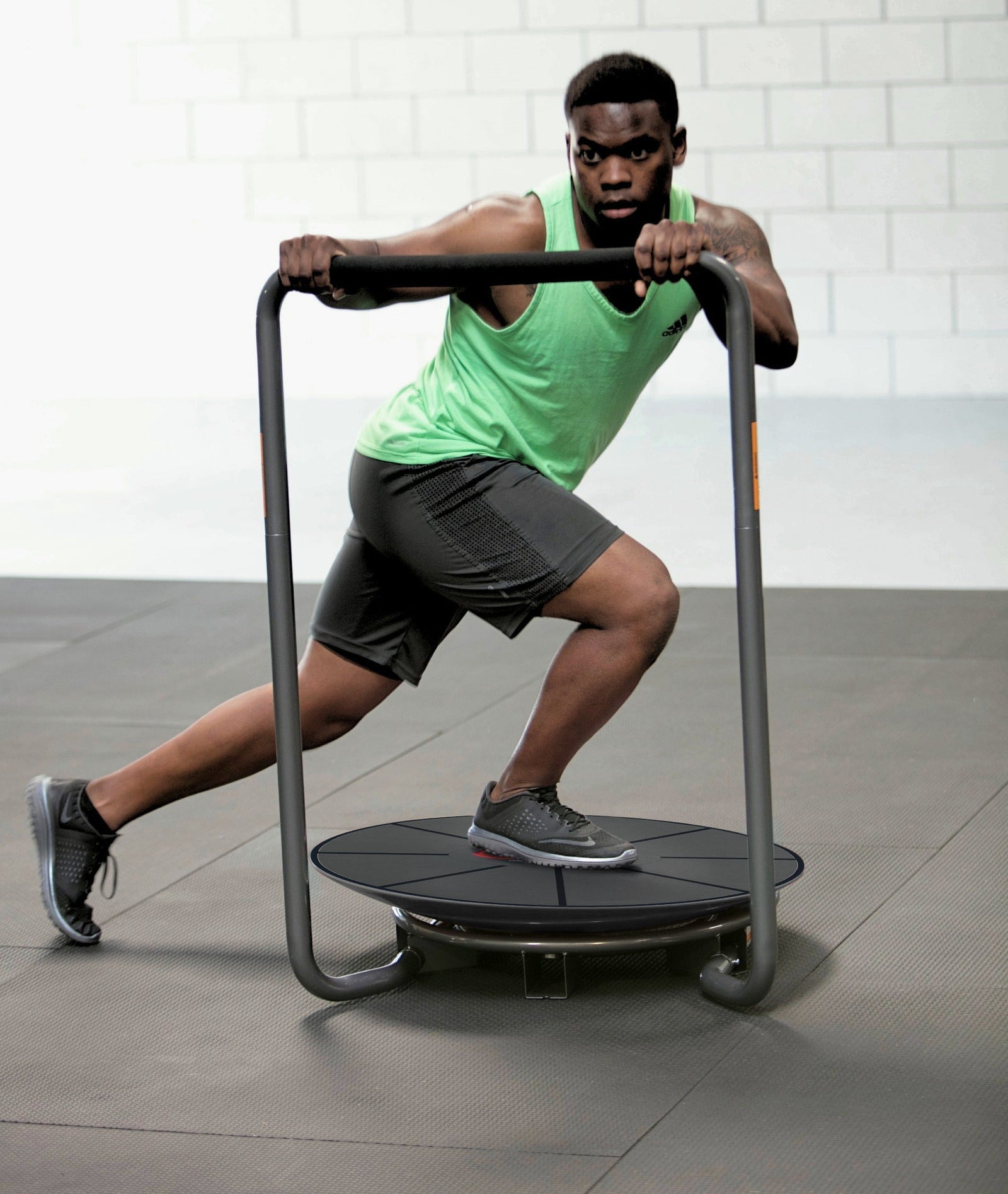
Leave a comment (all fields required)